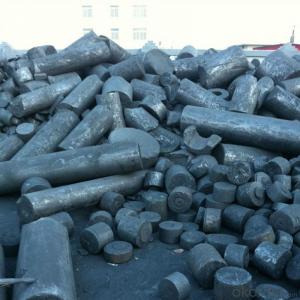Graphite Electrode Scrap high-purity as carburant and carbon additive
- Loading Port:
- Qingdao
- Payment Terms:
- TT OR LC
- Min Order Qty:
- 10 m.t
- Supply Capability:
- 5000000 m.t/month
OKorder Service Pledge
Quality Product, Order Online Tracking, Timely Delivery
OKorder Financial Service
Credit Rating, Credit Services, Credit Purchasing
You Might Also Like
Specifications:
F.C 98%min and 98.5%min, size: 100mm up
- Description & Application
Electrode block processing of carburant in steelmaking and casting, than ordinary recarburizer absorption rate is high, easy to melt, can efficiently improve the quality of products and reduce the cost.
- Technical Specification
F.C (min) |
| 98% |
S (max) |
| 0.05% |
ASH (max) |
| 1.00% |
Vm (max) |
| 1.00% |
H2O (max) |
| 0.50% |
SIZE |
| |
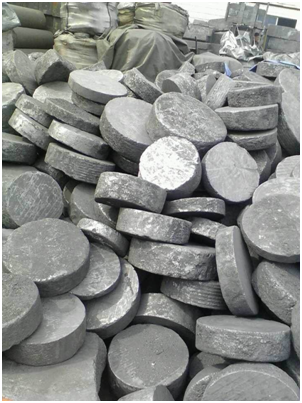
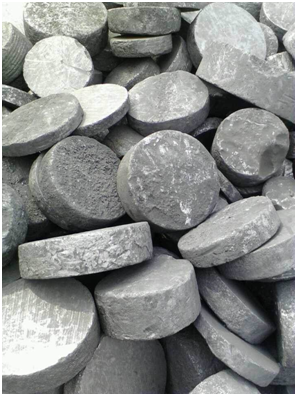
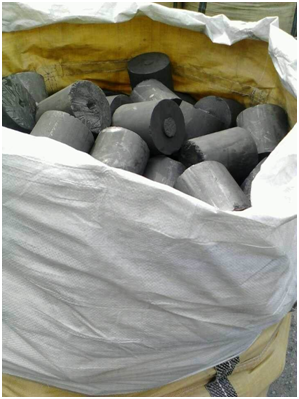
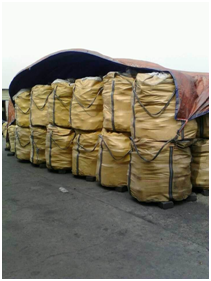
- Q:What is the atomic weight of carbon?
- The atomic weight of carbon is approximately 12 atomic mass units.
- Q:What is carbon coffee fiber?
- The carbon coffee fiber uses the coffee residue left after the coffee and is made into crystal by calcining, then ground into nanometer powder and added to the polyester fiber to produce a functional polyester staple, a coffee carbon fiber. Its main functions are bacteriostasis, deodorization, divergence of negative ions and anti ultraviolet rays.
- Q:Is carbon monoxide good for people?
- Carbon monoxide is a common poison, but trace use is good for organ transplants. British researchers have recently developed a new method that can effectively use carbon monoxide to help transplant organs survive, while avoiding the risk of carbon monoxide poisoning.Excessive inhalation of carbon monoxide poisoning will lead to death, carbon monoxide into the human body, and soon the hemoglobin in blood combined with the formation of carboxyhemoglobin, causes red blood cells to reduce the oxygen carrying, the tissue hypoxia in vivo. The cardiac and central biblical system is the most sensitive to hypoxia and the earliest affected. In the air of carbon monoxide concentration reached 117 mg / M 3, people can feel headache, vertigo: up to 292.5 mg / M 3 symptoms; up to 582.5 mg / M 3 will be nausea and vomiting, exhaustion, if not timely rescue can have life risk. When the concentration of carbon monoxide in the air reaches 11700 mg / M 3, a coma occurs; the concentration of carbon monoxide in the air reaches 1170 mg / m. The 3 spoons will soon die.
- Q:What are the different types of carbon-based inks?
- There are various types of carbon-based inks, including carbon black ink, graphite ink, and carbon nanotube ink.
- Q:What are the consequences of increased carbon emissions on global trade?
- Increased carbon emissions have significant consequences on global trade. The main consequence is the exacerbation of climate change, leading to extreme weather events, rising sea levels, and shifts in agricultural patterns. These changes can disrupt supply chains, increase transportation costs, and damage infrastructures, negatively impacting international trade. Additionally, countries may introduce stricter environmental regulations, tariffs, or trade barriers to address climate concerns, further hindering global trade. Overall, increased carbon emissions pose a threat to the stability and efficiency of global trade.
- Q:What is carbon capture and storage?
- Carbon capture and storage (CCS) is a process that involves capturing carbon dioxide emissions from industrial sources, such as power plants, and storing them underground or using them for various purposes. It aims to mitigate the release of greenhouse gases into the atmosphere, helping to combat climate change by reducing carbon dioxide levels.
- Q:What are the consequences of increased carbon emissions on economic stability?
- Economic stability is significantly impacted by the increase in carbon emissions. Climate change worsens as a result, resulting in more frequent and severe natural disasters like hurricanes, floods, and wildfires. These events cause immense economic damage, including infrastructure destruction, property loss, and supply chain disruption. Moreover, the economic implications of climate change, driven by the rise in carbon emissions, are long-term. Coastal cities and industries are threatened by rising sea levels, leading to potential population displacement and valuable asset loss. Agricultural productivity is affected by extreme heatwaves and droughts, impacting food security and causing price increases. These climate-related disruptions can destabilize economies, especially in vulnerable regions highly dependent on agriculture or tourism. Furthermore, substantial financial investments are required for climate change mitigation and adaptation efforts, such as transitioning to cleaner energy sources and implementing climate policies. This strains government budgets and diverts resources from other socio-economic priorities, potentially resulting in reduced funding for education, healthcare, and infrastructure development. Additionally, increased carbon emissions have economic consequences beyond immediate climate-related impacts. The reliance on fossil fuels as the primary energy source contributes to volatile oil prices, which can disrupt global markets and affect economic stability. As the world moves towards a low-carbon economy, industries heavily reliant on fossil fuels may face significant challenges, leading to job losses and economic upheaval. To summarize, the increase in carbon emissions has extensive effects on economic stability. Climate change causes more frequent and severe natural disasters, resulting in significant economic damage. Responding to climate change through mitigation and adaptation efforts strains government budgets and diverts resources from other critical sectors. Moreover, the reliance on fossil fuels poses long-term risks to industries tied to these resources. It is essential to address carbon emissions to safeguard economic stability and foster sustainable growth.
- Q:What is carbon neutral manufacturing?
- Carbon neutral manufacturing refers to the process of manufacturing goods while minimizing or offsetting the carbon emissions associated with the production. It involves reducing greenhouse gas emissions at every stage of the manufacturing process, from sourcing raw materials to the disposal of finished products. This can be achieved through various measures such as energy efficiency, the use of renewable energy sources, implementing sustainable practices, and investing in carbon offset projects. To become carbon neutral, manufacturers typically start by conducting a detailed assessment of their carbon footprint, which involves identifying and quantifying all the emissions generated in their operations. This includes direct emissions from manufacturing processes, as well as indirect emissions from the energy sources they use. Once the emissions are measured, manufacturers can develop strategies to reduce their carbon footprint. Some common methods of achieving carbon neutrality in manufacturing include optimizing energy consumption by using efficient equipment and technologies, adopting renewable energy sources like solar or wind power, and implementing waste reduction and recycling programs. Additionally, manufacturers can invest in carbon offset projects, which are initiatives that reduce or remove greenhouse gas emissions from the atmosphere, such as reforestation or renewable energy projects. By implementing these measures and offsetting any remaining emissions, manufacturers can achieve carbon neutrality. This not only helps combat climate change by reducing the overall carbon footprint but also demonstrates a commitment to sustainability and environmental responsibility. Carbon neutral manufacturing is an important step towards transitioning to a low-carbon economy and creating a more sustainable future.
- Q:Carbon fiber refractory?
- 3, pre oxidized carbon fiber cloth, can withstand 200--300 degrees of high temperature
- Q:What is the greenhouse effect?
- The greenhouse effect refers to the process by which certain gases in the Earth's atmosphere trap heat from the sun and prevent it from escaping back into space. This natural phenomenon is crucial for maintaining the planet's temperature within a range suitable for life. However, human activities, such as burning fossil fuels and deforestation, have intensified the greenhouse effect, leading to global warming and climate change.
1. Manufacturer Overview |
|
|---|---|
| Location | |
| Year Established | |
| Annual Output Value | |
| Main Markets | |
| Company Certifications | |
2. Manufacturer Certificates |
|
|---|---|
| a) Certification Name | |
| Range | |
| Reference | |
| Validity Period | |
3. Manufacturer Capability |
|
|---|---|
| a)Trade Capacity | |
| Nearest Port | |
| Export Percentage | |
| No.of Employees in Trade Department | |
| Language Spoken: | |
| b)Factory Information | |
| Factory Size: | |
| No. of Production Lines | |
| Contract Manufacturing | |
| Product Price Range | |
Send your message to us
Graphite Electrode Scrap high-purity as carburant and carbon additive
- Loading Port:
- Qingdao
- Payment Terms:
- TT OR LC
- Min Order Qty:
- 10 m.t
- Supply Capability:
- 5000000 m.t/month
OKorder Service Pledge
Quality Product, Order Online Tracking, Timely Delivery
OKorder Financial Service
Credit Rating, Credit Services, Credit Purchasing
Similar products
New products
Hot products
Related keywords


